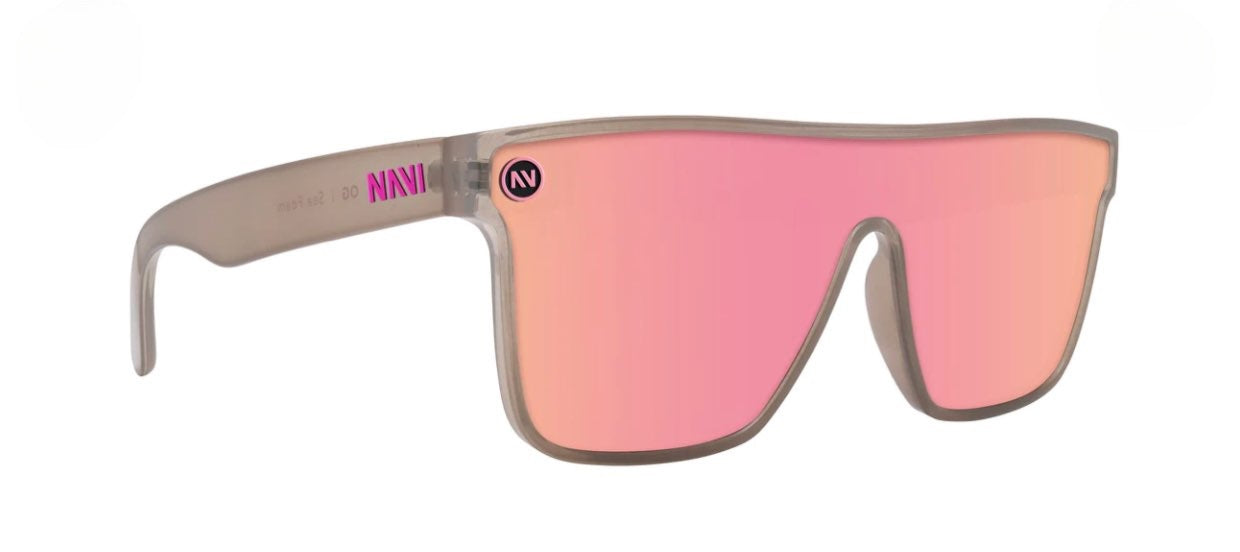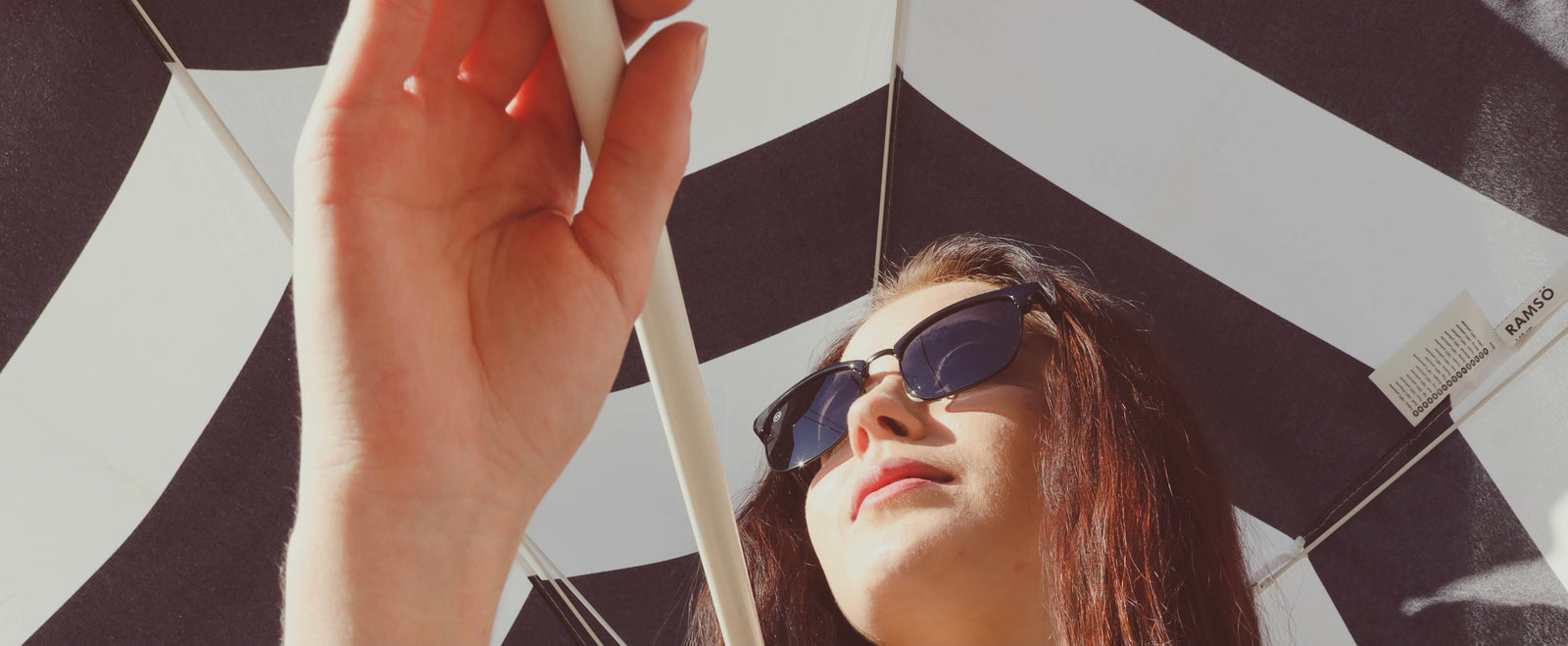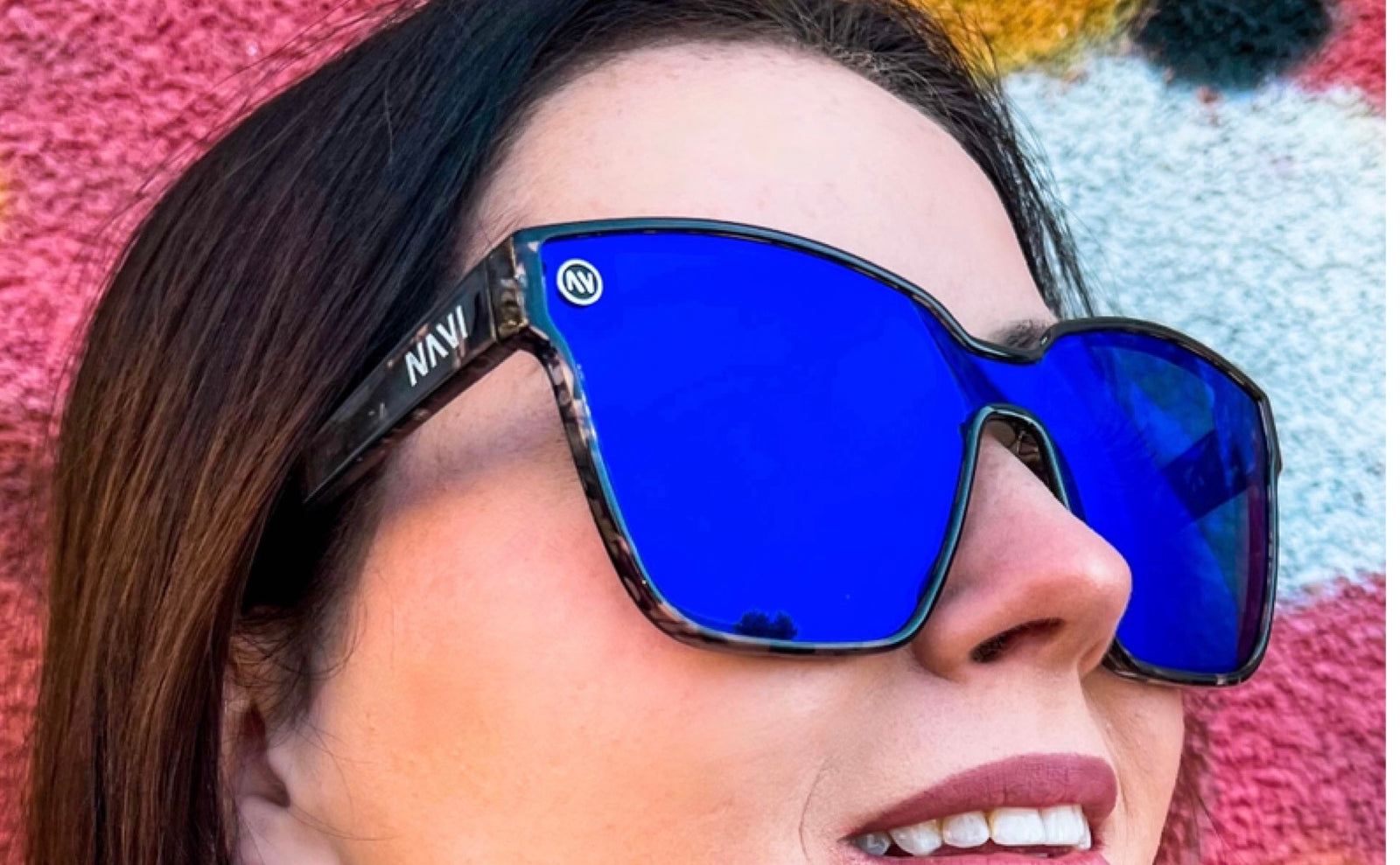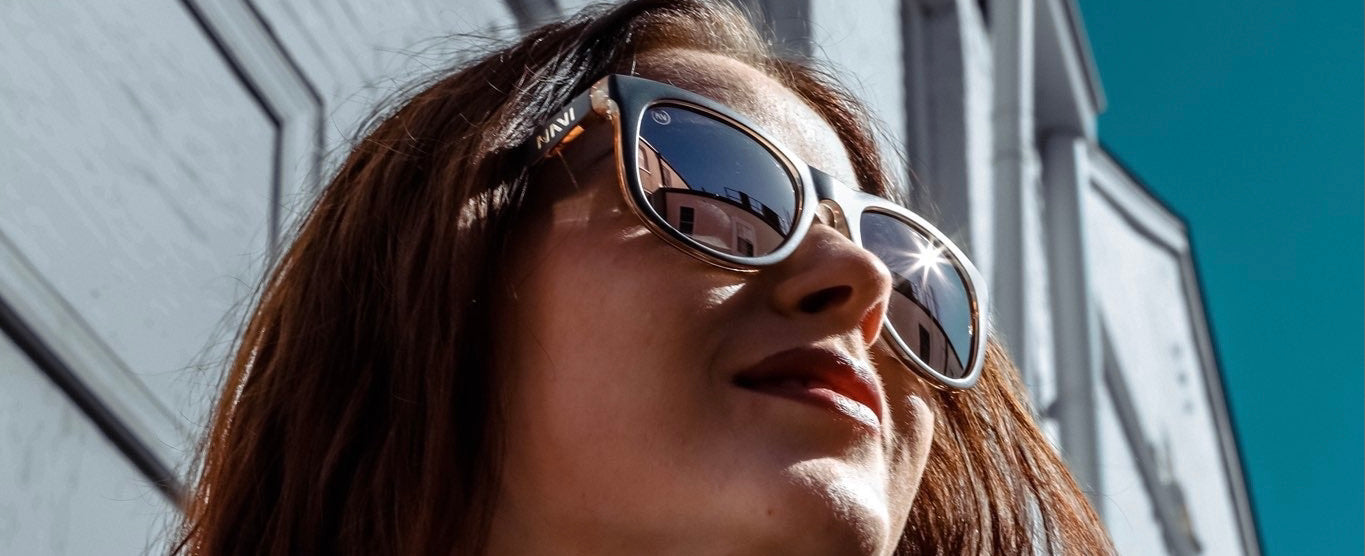Are you planning a skiing or snowboarding trip? One essential item that you cannot forget to pack is a good pair of sunglasses. Not only do they protect your eyes from harmful UV rays, but they also improve visibility on the slopes. However, choosing the right sunglasses for skiing and snowboarding can be challenging. In this article, we will provide you with a comprehensive guide on how to choose the best sunglasses for your winter sports adventure.
Table of Contents
Introduction
Understanding the importance of sunglasses for skiing and snowboarding
Types of sunglasses lenses for skiing and snowboarding
Polarized lenses vs. non-polarized lenses for skiing and snowboarding
Lens color for skiing and snowboarding
Frame features to consider for skiing and snowboarding sunglasses
Anti-fog and anti-scratch coatings for skiing and snowboarding sunglasses
Fit and comfort for skiing and snowboarding sunglasses
Other important features to consider for skiing and snowboarding sunglasses
Tips for maintaining your skiing and snowboarding sunglasses
Conclusion
FAQs
- Introduction
Skiing and snowboarding are fun winter sports, but they can be dangerous if you don't have the right equipment. Sunglasses are one of the most important accessories for skiing and snowboarding. They protect your eyes from the harmful UV rays that reflect off the snow and improve visibility on the slopes. However, not all sunglasses are suitable for skiing and snowboarding. In this article, we will help you choose the right sunglasses for your winter sports adventure.
- Understanding the importance of sunglasses for skiing and snowboarding
Sunglassesare essential for skiing and snowboarding because they protect your eyes from harmful UV rays. The sun's rays are stronger at high altitudes, and they reflect off the snow, making it even more harmful to your eyes. Without proper eye protection, you risk getting sunburned eyes, which can cause pain, redness, and even temporary vision loss.
Sunglasses also improve visibility on the slopes. Snow and ice can cause glare, making it challenging to see clearly. Sunglasses with the right lenses can reduce glare and improve contrast, making it easier to see bumps, moguls, and other obstacles on the slopes.
- Types of sunglasses lenses for skiing and snowboarding
There are several types of lenses to choose from when selecting sunglasses for skiing and snowboarding. The most common types of lenses are:
- Polycarbonate lenses
- Acrylic lenses
- Glass lenses
Polycarbonate lenses are the most popular choice for skiing and snowboarding because they are lightweight, durable, and impact-resistant. Acrylic lenses are also lightweight, but they are not as durable as polycarbonate lenses. Glass lenses are heavy, but they offer the best clarity and scratch resistance.
- Polarized lenses vs. non-polarized lenses for skiing and snowboarding
Polarized lenses are popular for skiing and snowboarding because they reduce glare and improve contrast. They work by blocking horizontal light waves that cause glare. Non-polarized lenses are not as effective at reducing glare, but they are better at enhancing color contrast and depth perception.
However, polarized lenses can make it difficult to see icy patches or moguls on the slopes. Non-polarized lenses may be a better choice for skiing and snowboarding in low-light conditions.
- Lens color for skiing and snowboarding
Lens color is another important factor to consider when choosing sunglasses for skiing and snowboarding. Different lens colors have different benefits. The most common lens colors are:
Brown or amber lenses: enhance contrast and depth perception in low-light conditions
Gray lenses:reduce brightness and glare in bright sunlight, good for sunny days
Yellow or orange lenses: improve contrast and depth perception in flat light conditions, good for cloudy days
Rose or pink lenses:enhance visibility in low-light conditions, good for snowing or foggy days
When choosing lens color, consider the weather conditions and time of day you will be skiing or snowboarding.
- Frame features to consider for skiing and snowboarding sunglasses
The frame is another important factor to consider when choosing sunglasses for skiing and snowboarding. Look for frames that fit comfortably and securely on your face. The frame should also provide adequate coverage to protect your eyes from the sun's rays and wind.
Some other features to consider when choosing frames include:
Ventilation:look for frames with ventilation holes or mesh to prevent fogging
Interchangeable lenses: some frames allow you to switch out lenses for different weather conditions
Strap:some frames come with a strap to keep the sunglasses securely on your face
- Anti-fog and anti-scratch coatings for skiing and snowboarding sunglasses
Anti-fog and anti-scratch coatings are important for skiing and snowboarding sunglasses. Fogging can occur when warm air from your face meets cold air from the outside, causing condensation on the lenses. Look for sunglasses with anti-fog coatings or ventilation holes to prevent fogging.
Scratched lenses can impair your vision and reduce the effectiveness of your sunglasses. Look for sunglasses with anti-scratch coatings or scratch-resistant lenses to protect your investment.
- Fit and comfort for skiing and snowboarding sunglasses
Fit and comfort are crucial when choosing sunglasses for skiing and snowboarding. Look for frames that fit comfortably on your face and do not slide down or pinch your nose. The sunglasses should also provide adequate coverage and not let in any light around the edges.
- Other important features to consider for skiing and snowboarding sunglasses
Some other features to consider when choosing sunglasses for skiing and snowboarding include:
Prescription lenses:if you wear glasses, look for sunglasses with prescription lenses or inserts
Mirrored lenses:mirrored lenses reflect light and reduce glare, but they may be too dark for some conditions
Photochromic lenses: these lenses adjust to changing light conditions and can be a good choice if you ski or snowboard in variable conditions
Price:sunglasses can range in price from less than $20 to over $200, consider your budget when choosing sunglasses for skiing and snowboarding
- Tips for maintaining your skiing and snowboarding sunglasses
To keep your skiing and snowboarding sunglasses in good condition, follow these tips:
Clean your sunglasses regularly with a microfiber cloth and lens cleaner
Store your sunglasses in a protective case when not in use
Do not leave your sunglasses in a hot car or in direct sunlight
Replace scratched or damaged lenses promptly
- Conclusion
Choosing the right sunglasses for skiing and snowboarding is essential to protect your eyes and improve visibility on the slopes. Consider factors such as lens type, lens color, frame features, and fit and comfort when choosing sunglasses for your winter sports adventure. Remember to maintain your sunglasses properly to ensure they last for many seasons to come.
- FAQs
Do I need polarized lenses for skiing and snowboarding?
Polarized lenses can be helpful for reducing glare, but they may not be suitable for all conditions. Consider your personal preferences and the weather conditions when choosing lenses.
Can I wear sunglasses over my glasses for skiing and snowboarding?
Yes, look for sunglasses with prescription lenses or inserts if you wear glasses. Alternatively, you can wear goggles over your glasses.
Can I use regular sunglasses for skiing and snowboarding?
Regular sunglassesmay not provide adequate protection or visibility for skiing and snowboarding. Look for sunglasses specifically designed for winter sports, with features such as anti-fog and scratch-resistant coatings, and lenses that enhance visibility in low-light conditions.
How do I know if sunglasses fit me properly?
Sunglasses should fit comfortably on your face and not slide down or pinch your nose. The sunglasses should also provide adequate coverage and not let in any light around the edges.
Can I use the same sunglasses for skiing and snowboarding as for other outdoor activities?
While some sunglasses may work for multiple outdoor activities, it's best to choose sunglasses specifically designed for skiing and snowboarding, as they will have features and lenses tailored to the unique conditions of winter sports.




